The Esterházy name is well known in Hungarian history, but apart from historians, the name of János Esterházy is perhaps only known by the more informed, even though there are many János Esterházy monuments throughout the Carpathian Basin. Several memorials connected to him stand in Budapest as well.
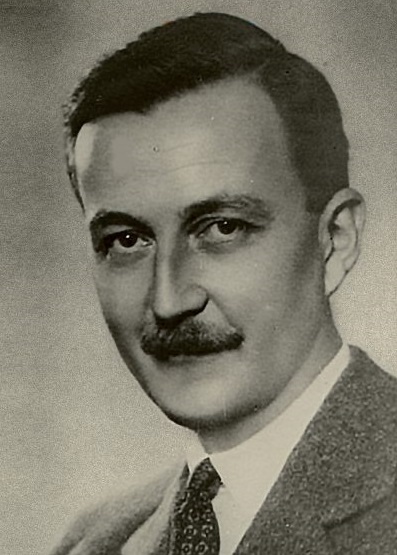
János Esterházy (1901-1957) at a young age (Source: A mi jelünk a kereszt, Alsódobok, 2020)
Perhaps one of his most defining sculptures stands in the 12th District. The installation was characterized by immense collaboration. An organization was established to create the statue, the Association for a Sculpture of János Esterházy; the monument was finally unveiled on 15 May 2013, in Gesztenyés Garden.
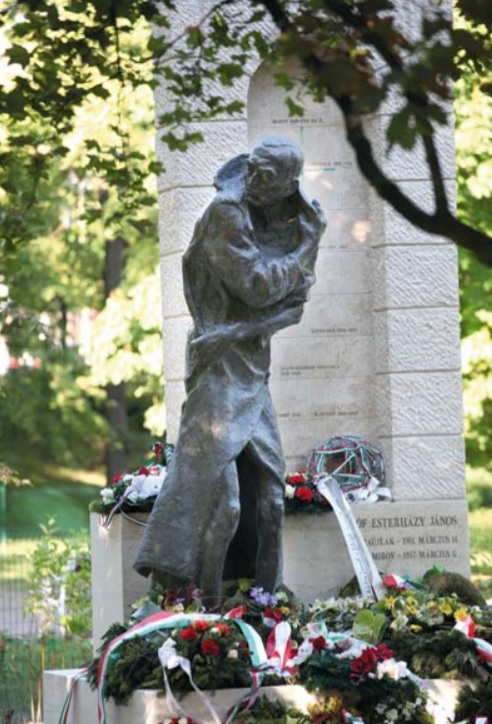
Esterházy's statue at the inauguration ceremony in 2013 (Photo: Hegyvidéki Helytörténeti Gyűjtemény)
The statue „depicts a man standing barefoot outside in that awful cold hell, wrapped in a horse blanket military jacket, trying to hold it together, defending himself against the cold. Underneath, his body is naked, bald, hungry, skinny, and sick. The wild wind blows. He stands in this wind and faces his fate. Somehow, I wanted to portray him becoming a saint,” said the Upper Hungarian sculptor, János Nagy, about his work.
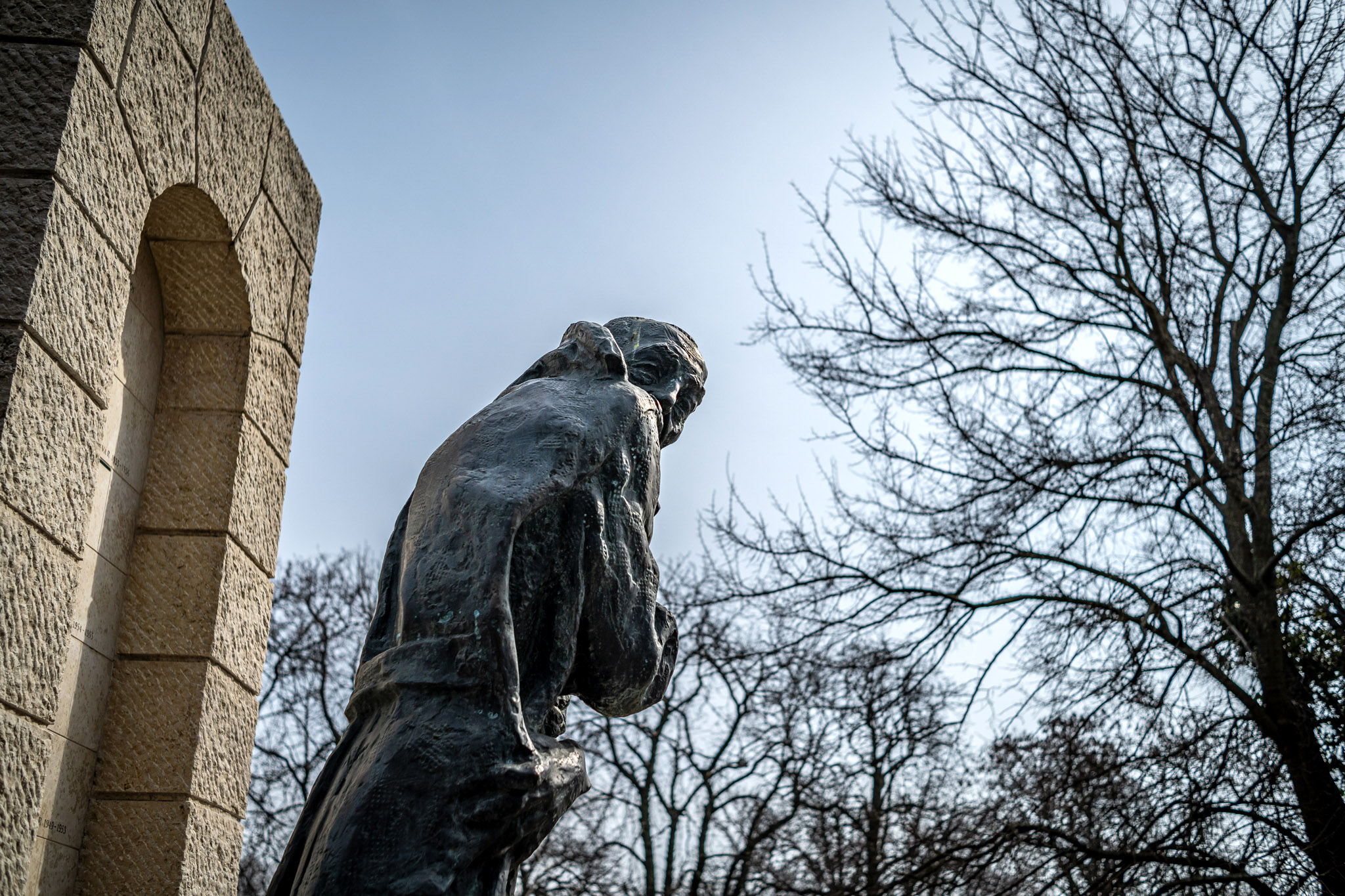
János Nagy, the sculptor from Upper Hungary created the statue of János Esterházy in Gesztenyés Garden (Photo: Both Balázs/pestbuda.hu)
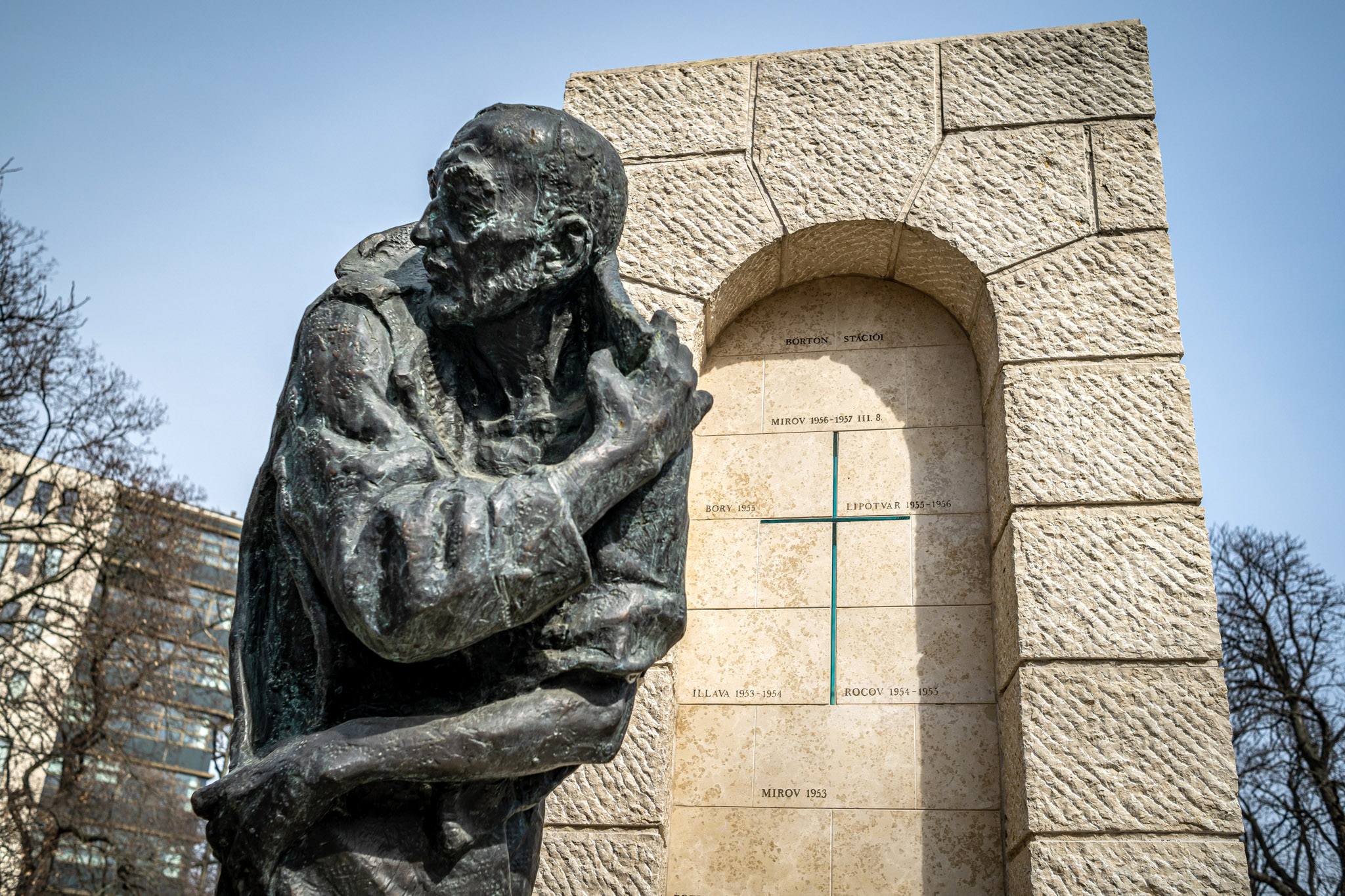
Broken in body but invincible in soul – statue of János Esterházy (Photo: Balázs Both/pestbuda.hu)
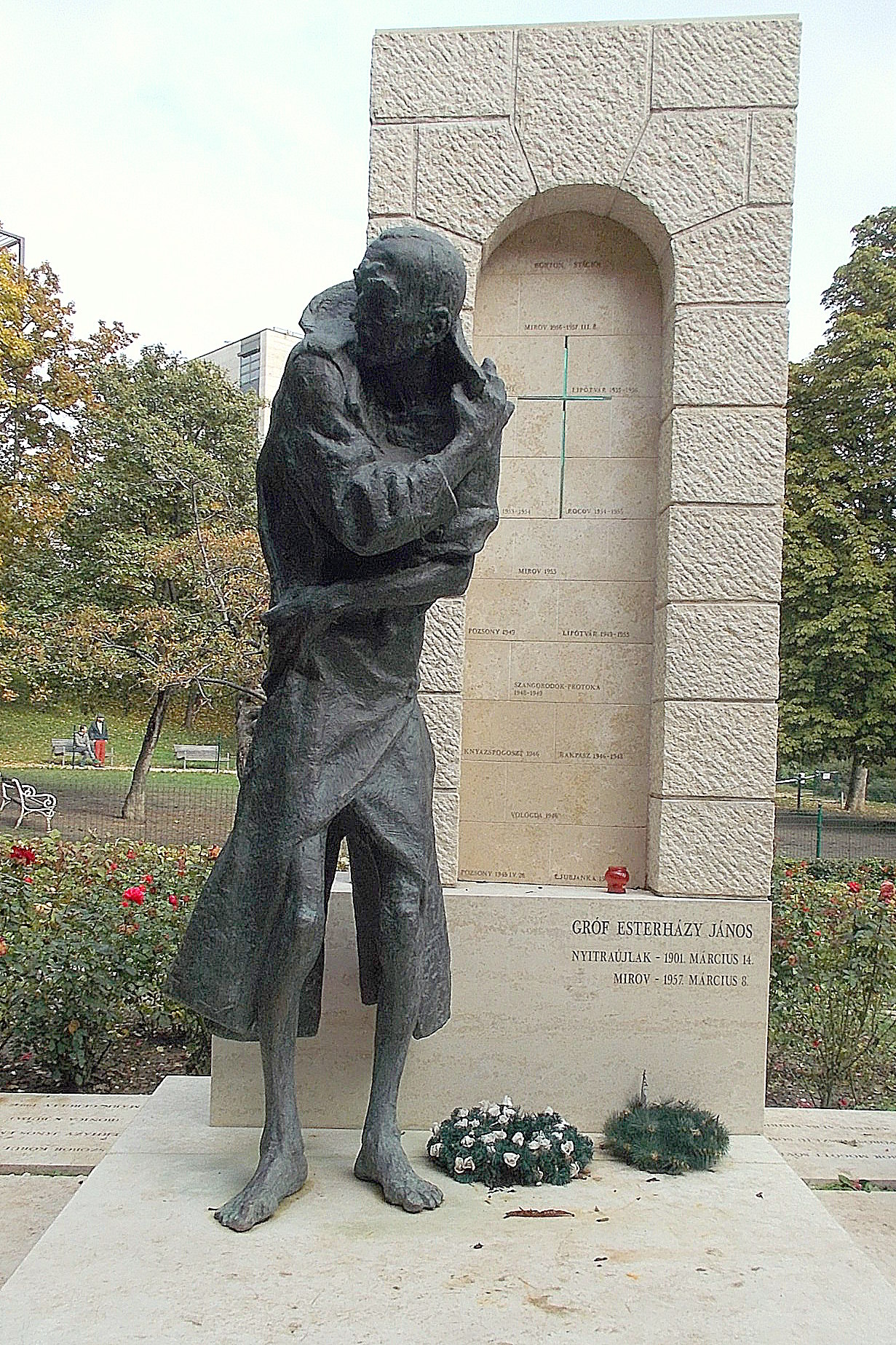
The shocking barefoot statue of János Esterházy in Gesztenyés Garden, 12th District (Photo: Esterházy János Zarándokközpont website)
Behind the statue stands a carved block of stone, symbolising a walled prison window, but the arch encircles a thin transparent glass cross, next to which the sites of his suffering are listed.
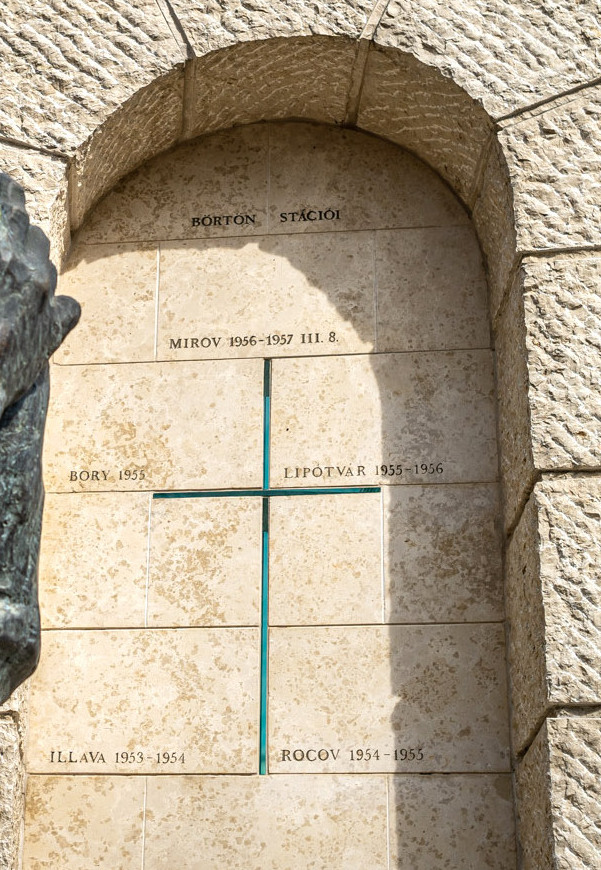
The wall behind the statue, on which the sites of János Esterházy's suffering can be seen (Photo: Balázs Both/pestbuda.hu)
However, thanks to the many offerings and donations, not only a statue was made, but rather a János Esterházy memorial. The sculpture is now surrounded by chestnut trees, Esterházy roses, Tatarian Dogwood, and benches in the 12th District’s Gesztenyés Garden, creating an admirable memorial site.
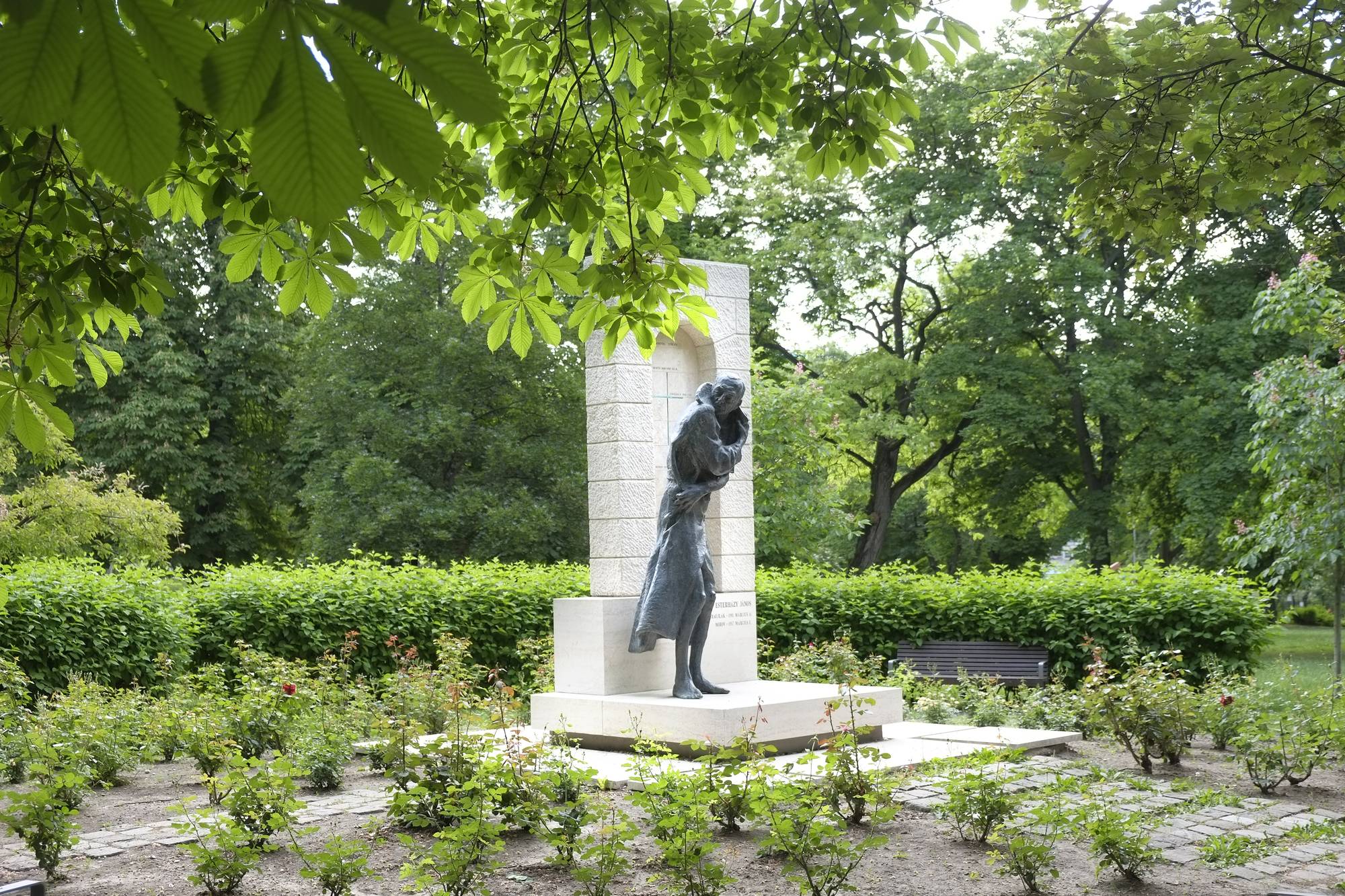
The Esterházy János memorial site with roses (Photo: Hegyvidék Local History Collection)
The statue depicts the personality of János Esterházy with touching sensuality: a self-sacrificing, conscientious man who was broken in body but invincible in soul, who died for his principles, faith, and truth. But who was János Esterházy?
János Esterházy was born on 14 March 1901, in Nyitraújlak (present-day Veľké Zálužie, Slovakia), as a descendant of a noble family. His mother was a Polish countess, and his father, János Mihály Esterházy, belonged to the Galánta branch of the Esterházys. János Esterházy lived in Budapest from 1916 to 1920, where he studied economics and met Countess Lívia Serényi, whom he married on 15 October 1924.
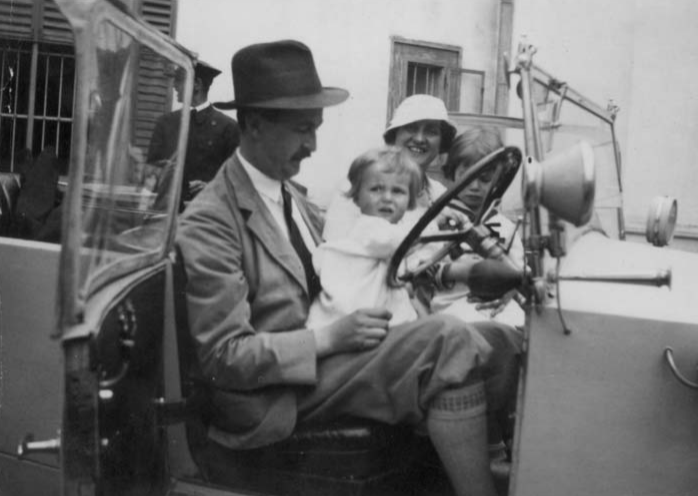
János Esterházy with his wife and children (Source: A mi jelünk a kereszt, Alsódobok, 2020.)
He began his political career in the 1920s and quickly gained influence. Thanks to his talent, he entered the Czechoslovak Parliament as a representative of Košice in 1935, and a year later, he was elected President of the United Hungarian Party. After World War II broke out, he took an active part in organizing the reception of Polish refugees in Hungary. On 15 May 1942, he was the only member of the Slovakian Parliament who voted against a bill allowing the deportation of Slovak Jews, which he called “ungodly and inhuman”. As a result, his political career ended quickly, but despite all, he hid Jews, Poles, and other persecuted people and helped them escape. Thanks to his actions, thousands of Slovak, Hungarian, and more than a hundred thousand Polish refugees could get to Hungary and Budapest in safety.
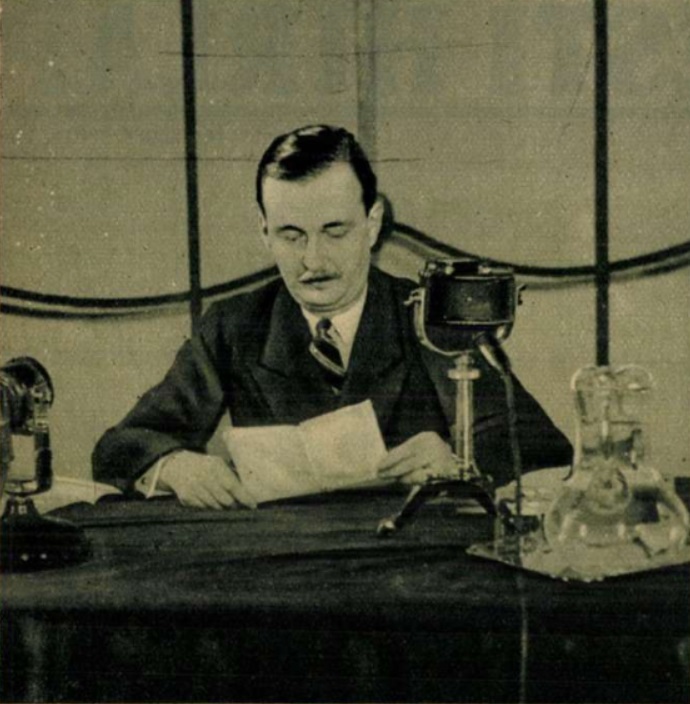
Esterhazy spoke on the radio in Budapest about the significance of the establishment of Magyar Házak in Slovakia (Source: Képes Pesti Hirlap, February 9, 1939)
He stayed in Budapest several times between 1939 and 1944. Due to its proximity to the city centre, he lived mainly in an apartment under 3 Szép Street 3 in the 5th District, where a riveted bronze plaque has preserved his memory since 1992, made by sculptors János Nagy and Sándor Horváth, and erected by the Rákóczi Association, the János Esterházy Memorial Committee, and the 5th District Local Council together.
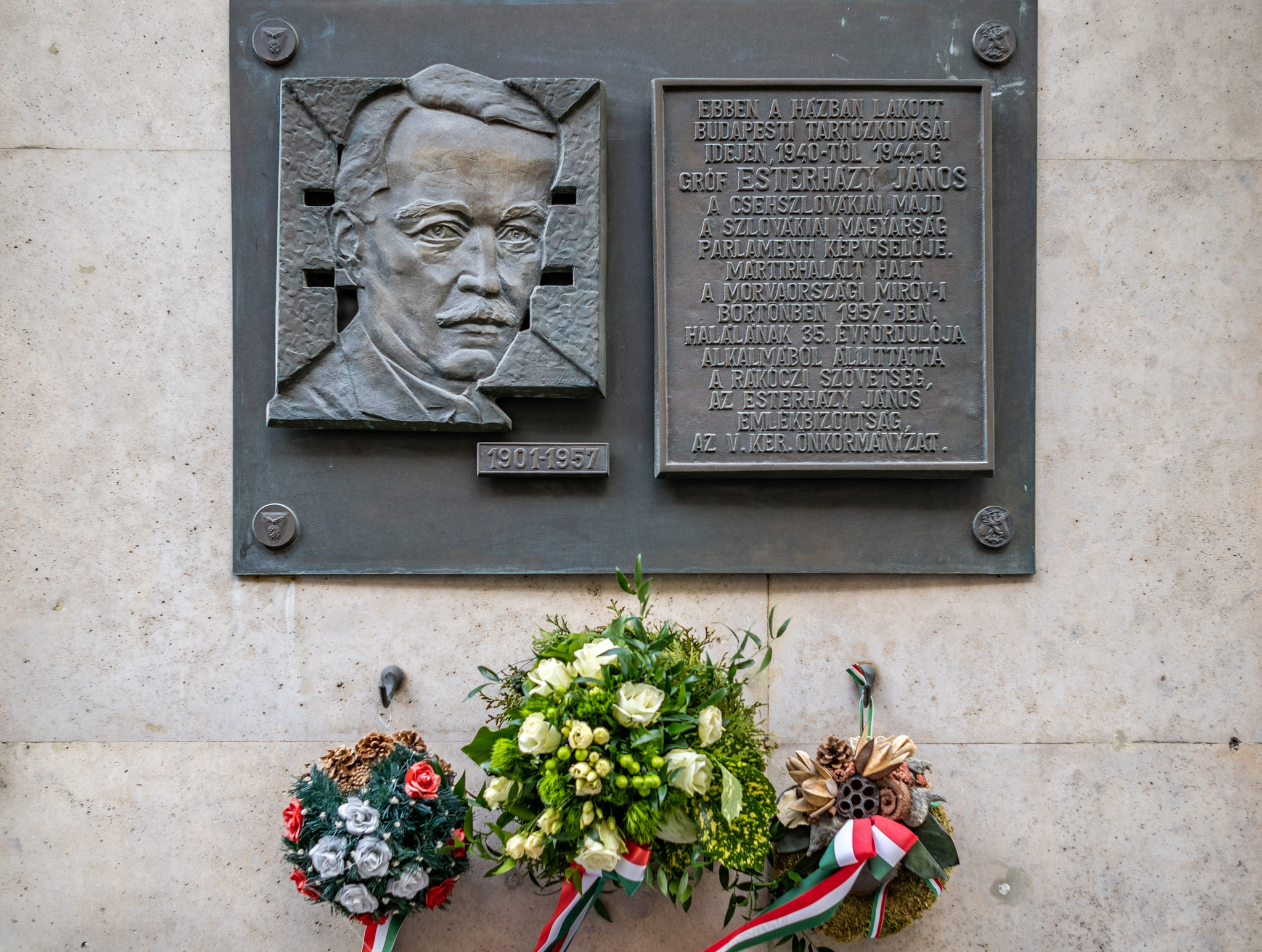
Esterházy’s memorial plaque on the wall of the house at 3 Szép Street in Budapest (Photo: Balázs Both/pestbuda.hu)
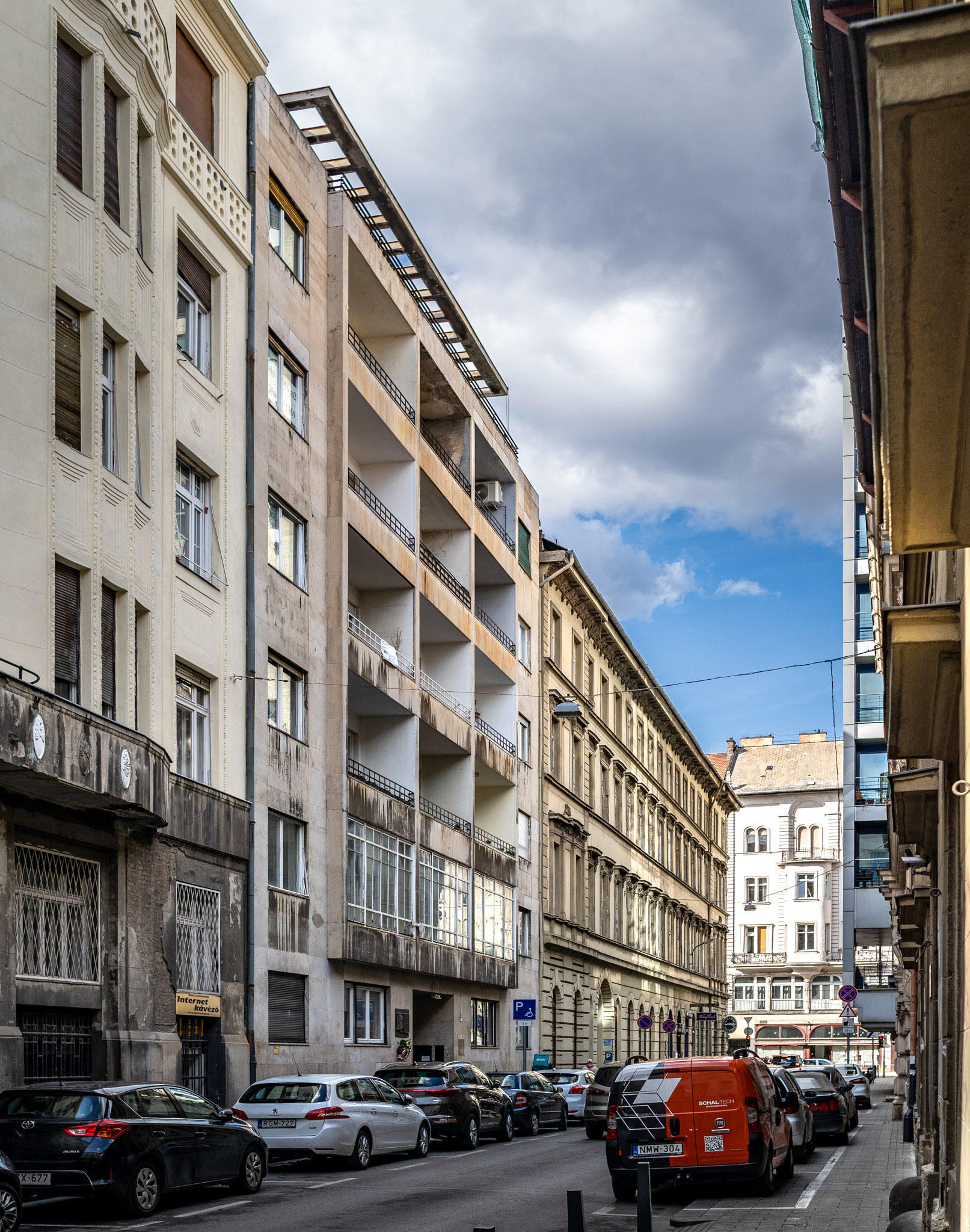
The apartment at Szép Street where he lived multiple times between 1940 and 1944 (Photo: Balázs Both /pestbuda.hu)
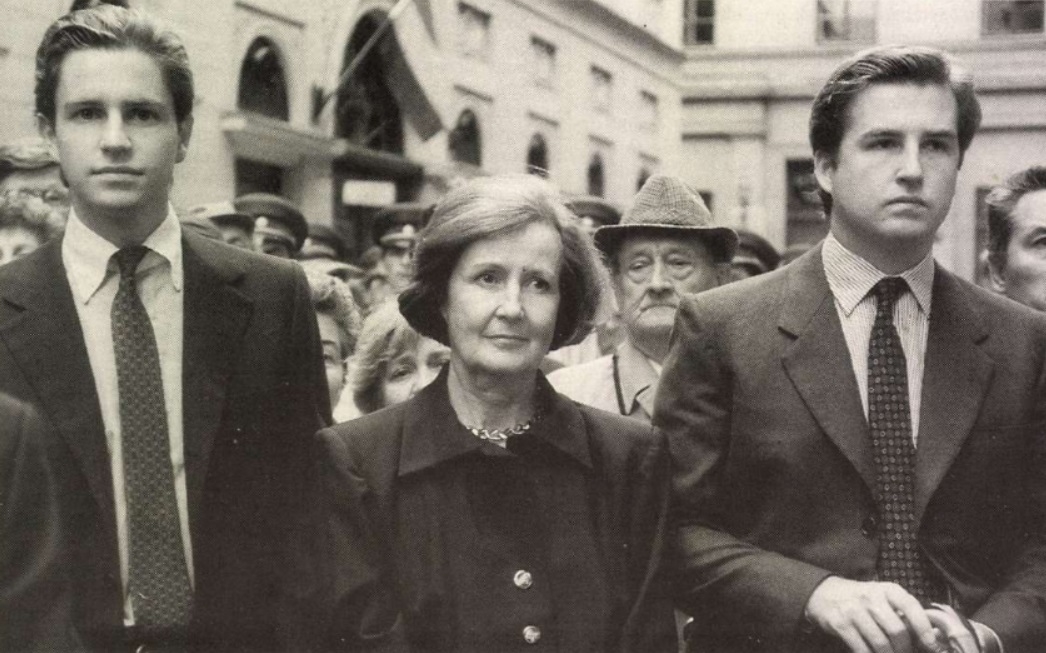
János Esterházy's daughter, Aliz with her two sons at the unveiling of the memorial plaque at Szép street in 1992 (Source: Magyarország, 10 December 1993)
He also spent time in a villa under 5 Istenhegyi Road in the 12th District, which he bought in 1939, where his wife and two children stayed. On 3 November 1958, Hétfői Hírek reported on the villa: „5 Istenhegyi Road, once inhabited by Count Eszterházy, a landowner of thousands of acres, with three members of his family. At the time, the villa consisted of seven rooms and a basement with three staff rooms.”.
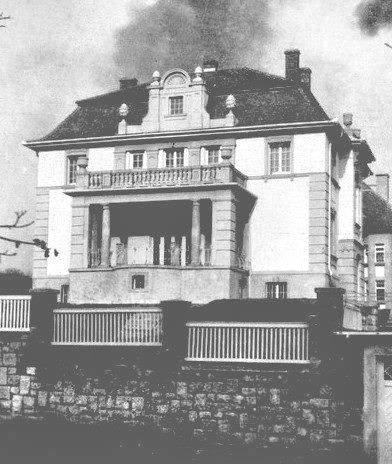
The villa at 5 Istenhegyi Road in Budapest, where János Esterházy once lived (Source: Hegyvidéki Helytörténeti Gyűjtemény)
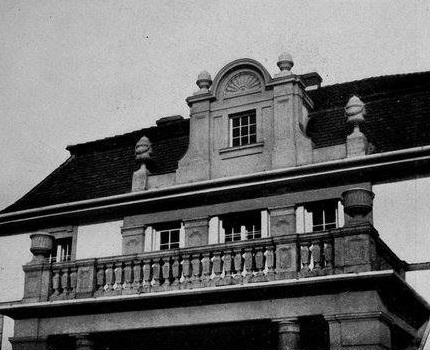
Budapest, 12th District, the facade of the villa at 5 Istenhegyi Road (Photo: Hegyvidék Local History Collection)
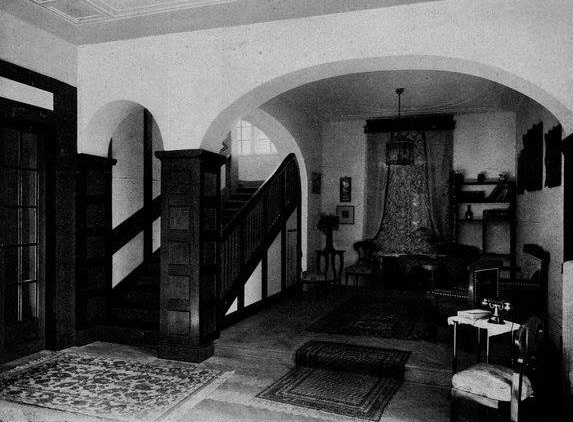
Budapest, 12th District, the lobby, and the staircase of the villa at 5 Istenhegyi Road 5 (Photo: Hegyvidék Local History Collection)
The Arrow Cross Party arrested him in Budapest before Christmas 1944. After World War II, the Slovak government extradited him to the Soviet Union as a “war criminal” on fabricated charges, where he was sentenced to forced labour and taken to a Siberian labour camp. In his absence, a Slovak court sentenced him to death by hanging in 1947. In 1949, the Soviets extradited him to the Czechoslovak authorities. He was imprisoned in almost every prison in Czechoslovakia. Finally, on 8 March 1957, he died in the Mirov prison in Moravia. His ashes were not returned to the family and only found in a mass grave in Prague in 2007, fifty years after his death. In November 2018, the Vatican authorised his beatification process, initiated by the Archdiocese of Krakow on 25 March 2019.
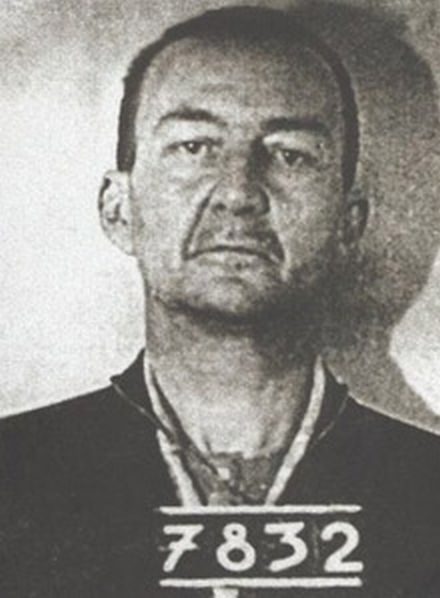
Photograph of János Esterházy in the Lipótvár prison (Source: A mi jelünk a kereszt, Alsódobok, 2020)
An embankment was named after him in Budapest. The lower embankment in Buda between Mozaik Street and Árpád Bridge was renamed Count János Esterházy Embankment in 2010. His memory is also preserved in Újpest after the small square at the intersection of Nádor Street and Vécsey Károly Street was named Count János Esterházy square on the 110th anniversary of his birth in 2011. A memorial stone was inaugurated in honour of the martyr politician at the site as well.
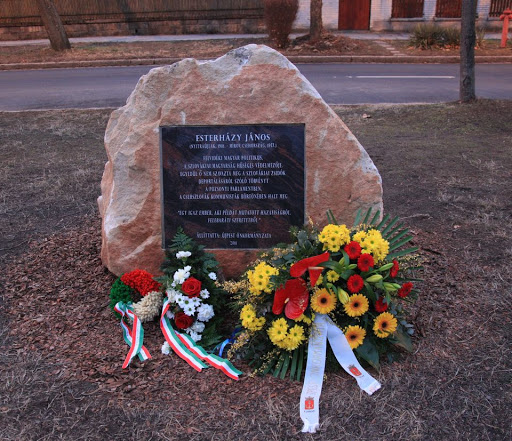
The memorial stone of János Esterházy was erected by the Újpest local council in 2011 in Count János Esterházy Park (Source: Újpest Municipality website)
Thus, the name of János Esterházy can be found in several districts of Budapest. It is worth stopping to reflect on his life when next passing one of these memorials. János Esterházy is worthy of our attention.
Cover photo: Statue of János Esterházy in the Gesztenyés Garden (Photo: Balázs Both/pestbuda.hu)

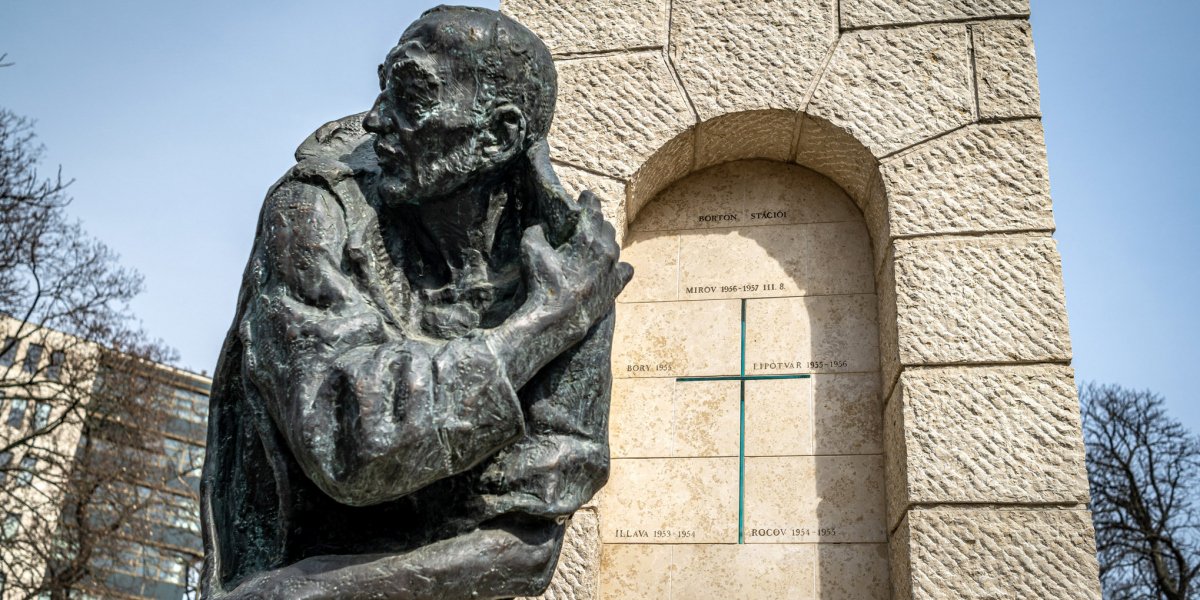


































Hozzászólások
Log in or register to comment!
Login Registration